Lesson 10
Tell Stories about Our School
Warm-up: Notice and Wonder: Bubbles in the Park (10 minutes)
Narrative
The purpose of this warm-up is to elicit the idea that we can notice math in everyday situations, which will be useful when students tell story problems about their school community in a later activity. While students may notice and wonder many things about this image, questions that students develop about the image are the important discussion points.
Consider using a picture of your own school community that students can tell stories about, in place of the image in the book.
Launch
- Groups of 2
- Display the image.
- “What do you notice? What do you wonder?”
- 1 minute: quiet think time
Activity
- “Discuss your thinking with your partner.”
- 1 minute: partner discussion
- Share and record responses.
Student Facing
What do you notice?
What do you wonder?
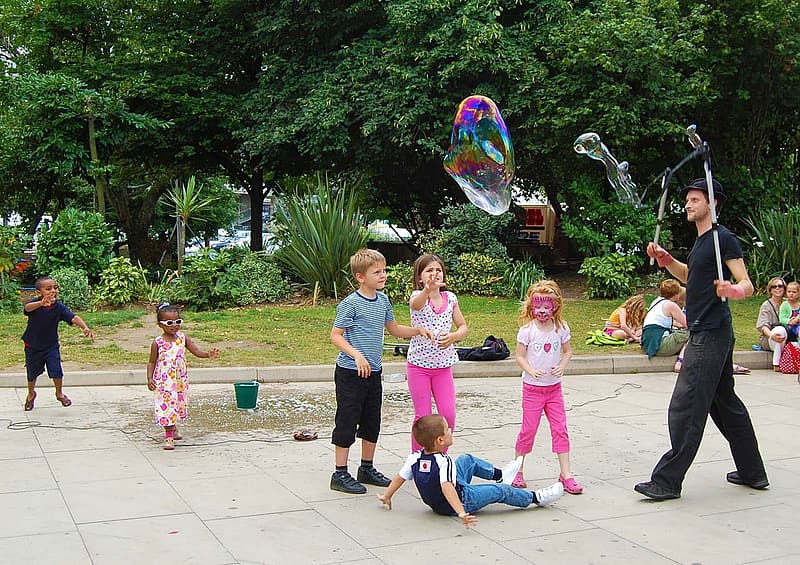
Student Response
For access, consult one of our IM Certified Partners.
Activity Synthesis
- “In this lesson, we will be telling story problems about our school. Can you think of a story problem about this picture?” (There are 5 small bubbles and 1 big bubble. How many bubbles are there?)
Activity 1: Story Problem Brainstorm (15 minutes)
Narrative
The purpose of this activity is for students to develop ideas for story problems that they can write about their classroom, school, or community. In the next activities, students will develop, share, and solve their own story problems (MP2, MP4).
This activity can be completed in a different area as previous walks. For example, this walk can focus on the playground or outside environment or take place in one area of the school, such as the library.
Advances: Speaking, Conversing
Required Materials
Materials to Gather
Launch
- Give each student a clipboard with a blank piece of paper.
- “As we walk today, notice mathematical ideas that you see. Focus on things that you can tell a story problem about. Take notes to help you remember.”
Activity
- 10 minutes: whole-class school walk
Student Response
For access, consult one of our IM Certified Partners.
Activity Synthesis
- Invite students to share what they observed.
- “How can you tell a story problem about _____?”
- “In the next activity we are going to tell our own story problems about our school. What are some important things to remember when you tell a story problem?” (Make sure that you include a question.)
Activity 2: Write Story Problems About Our School (15 minutes)
Narrative
The purpose of this activity is for students to develop a story problem about their school community (MP2, MP4). While the kindergarten standards only ask students to solve story problems with a result of up to 10, students may choose to use larger numbers in their story problems.
Supports accessibility for: Attention, Conceptual Processing
Launch
- Groups of 2
- “Think of a story problem that you can tell about our school. You can record your story problem with drawings, numbers, or words.”
Activity
- 5 minutes: independent work time
- Monitor for students who develop different types of story problems.
- “Share your story problem with your partner.”
- 3 minutes: partner discussion
Student Facing
Student Response
For access, consult one of our IM Certified Partners.
Activity Synthesis
- Invite previously identified students to share their story problems.
Activity 3: Centers: Choice Time (15 minutes)
Narrative
The purpose of this activity is for students to choose from activities that offer practice with number and shape concepts. Students choose from 5 centers introduced in previous units. Students can choose to work at any stage of the centers.
- Picture Books
- Find the Pair
- Math Stories
- Build Shapes
- Make or Break Apart Numbers
Students will continue to choose from these centers in upcoming lessons. Keep the materials from each center organized to use each day.
Required Materials
Materials to Gather
Required Preparation
- Gather materials from:
- Picture Books
- Find the Pair
- Math Stories
- Build Shapes
- Make or Break Apart Numbers
Launch
- Groups of 2
- “Today we are going to choose from centers we have already learned.”
- Display the center choices in the student book.
- “Think about what you would like to do.”
- 30 seconds: quiet think time
Activity
- Invite students to work at the center of their choice.
- 10 minutes: center work time
Student Facing
Choose a center.
Find the Pair
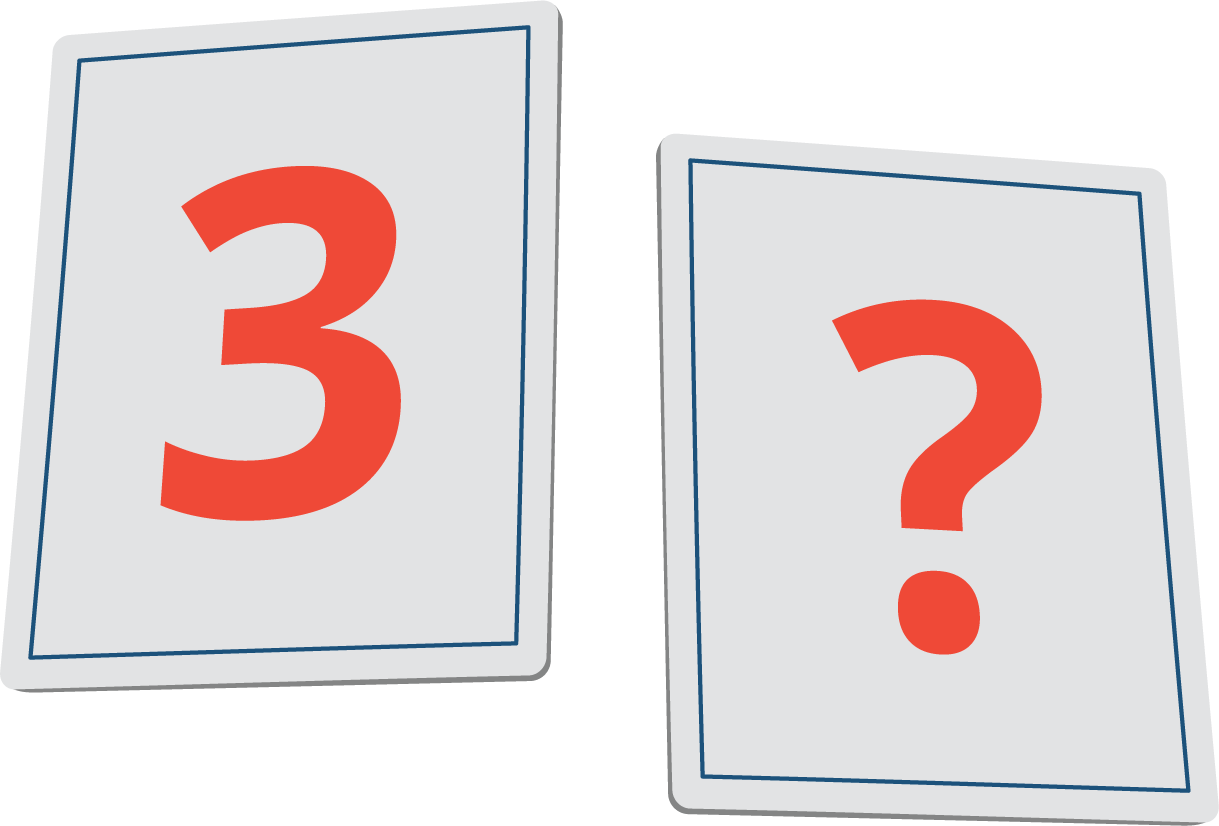
Math Stories
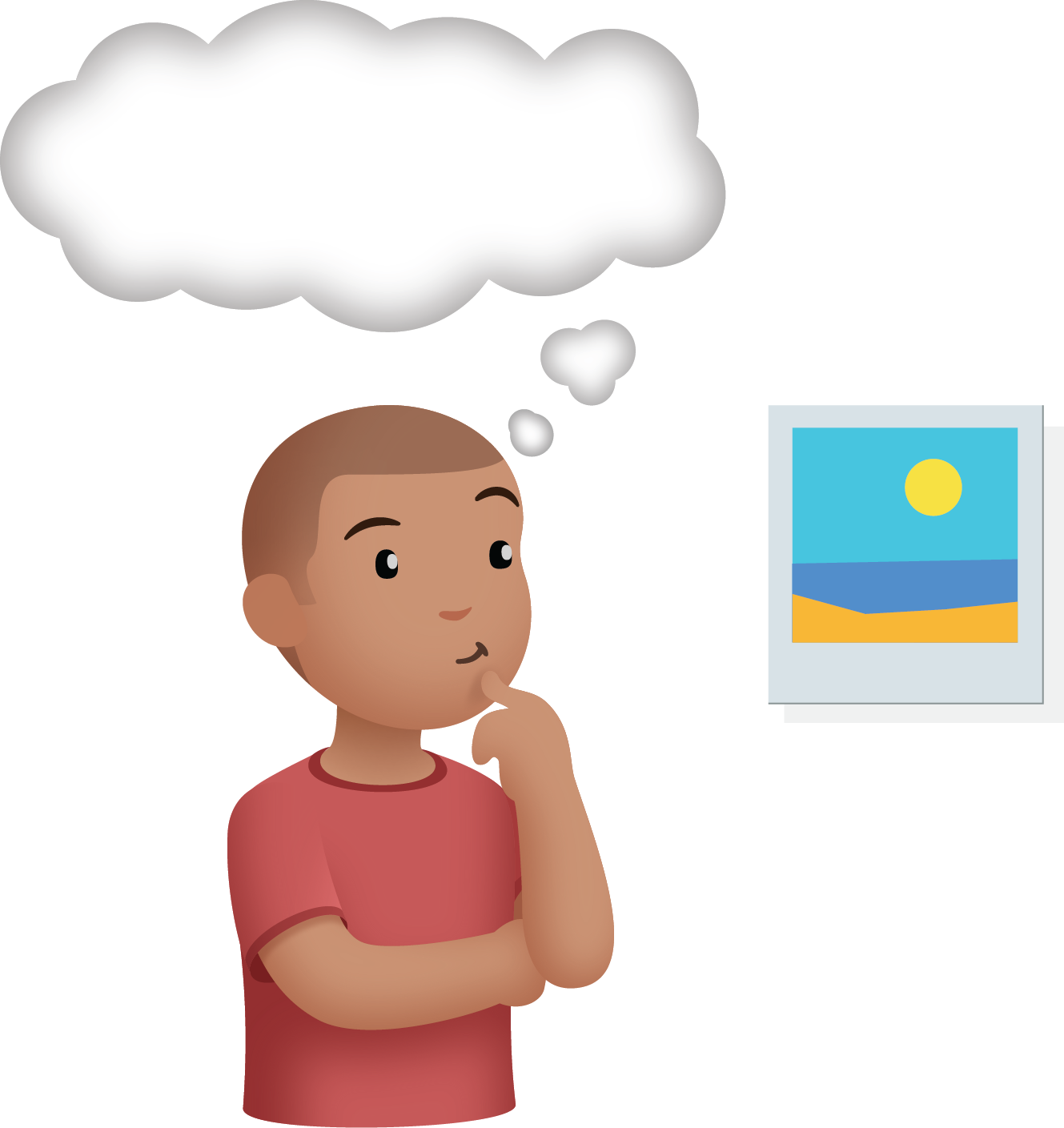
Build Shapes
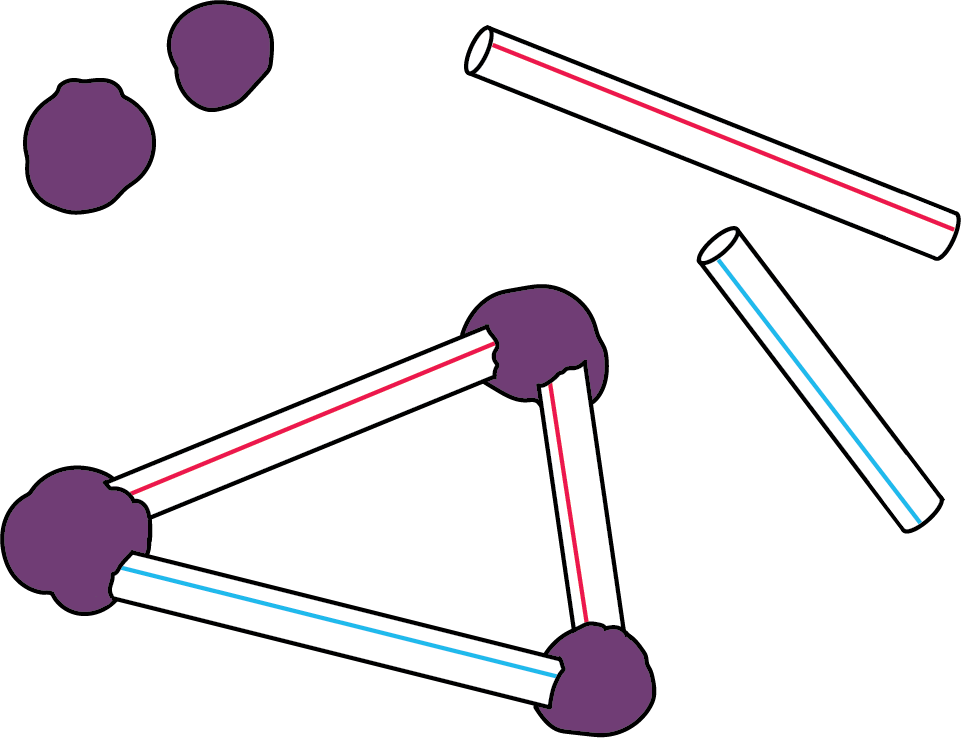
Make or Break Apart Numbers
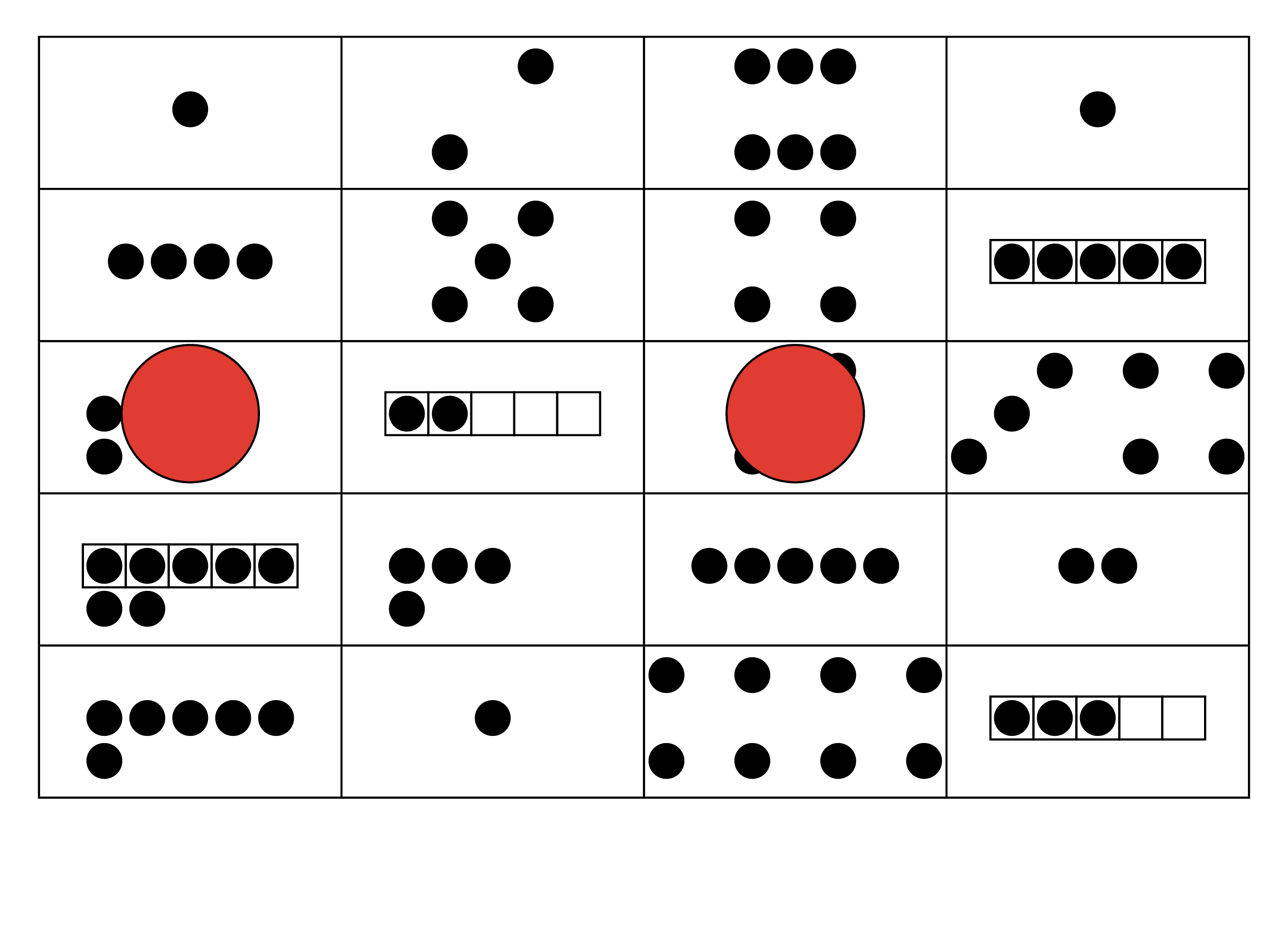
Picture Books
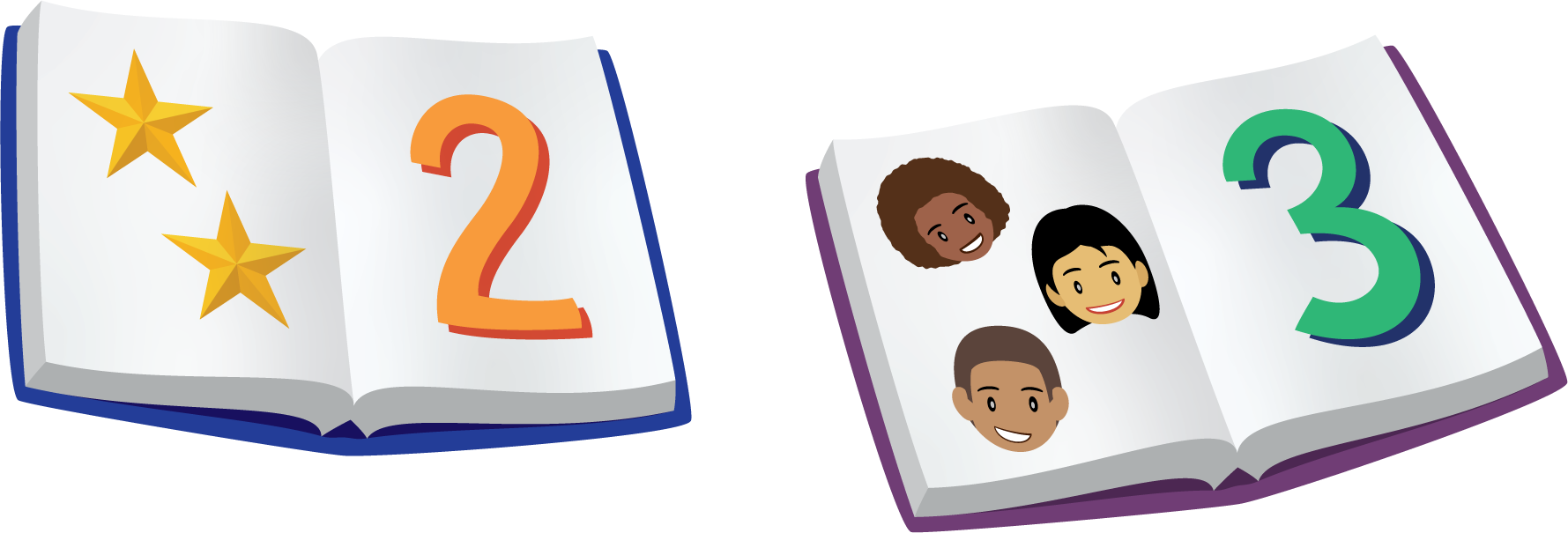
Activity Synthesis
- “In math class, it’s important to listen to other people’s ideas. Describe a time when you learned something by listening carefully to someone in your class.”
Lesson Synthesis
Lesson Synthesis
“Today we told story problems about our school. Tomorrow you will share and solve some of these story problems.”
“Han wrote this story problem:
There are 5 teachers in the hallway.
There are 4 students in the hallway.”
“What feedback can you give to Han to help him improve his story problem?” (You need to include a question at the end of the story problem. You can ask “How many people are in the hallway?”)
Cool-down: Unit 8, Section B Checkpoint (0 minutes)
Cool-Down
For access, consult one of our IM Certified Partners.